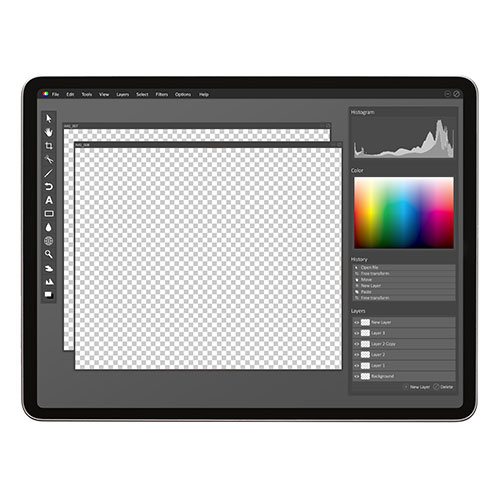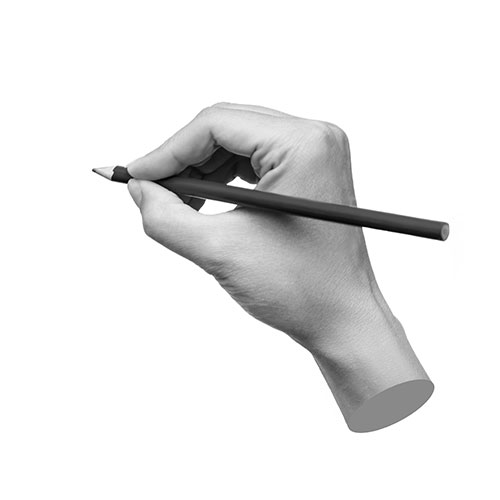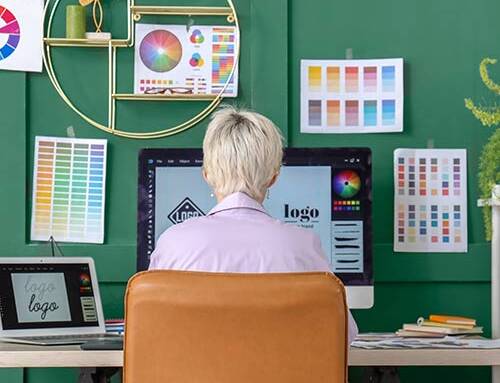Navigating the Landscape of Website Mockup Creation
Embarking on the journey of creating website mockups unveils myriad options, each bearing its unique advantages and considerations. The quest for the ideal method hinges upon a delicate balance between personal preferences, project requirements, and design aspirations. In this comprehensive exploration, we delve into three prominent avenues for crafting website mockups:
- Employing mockup tools
- Harnessing the power of graphic design software
- Venturing into the realm of coding

1. Embracing Mockup Tools:
In the vast landscape of web design, mockup tools emerge as beacons of efficiency and user-friendliness. Among the prominent contenders in this realm are UXPin, Moqups, and Balsamiq, renowned for their intuitive interfaces and seamless mockup creation capabilities. These tools serve as veritable allies for novice designers and seasoned experts, offering a sanctuary where creativity flourishes without the encumbrance of technical intricacies. From swift wire-framing to low-fidelity designs, mockup tools provide a refuge where designers can unleash their creative prowess with unparalleled ease.
2. Unleashing the Potential of Graphic Design Software:
Software behemoths like Photoshop, Sketch, and Illustrator reign supreme in visual design, wielding tools to manifest the most intricate design visions into tangible mockups. With pixel-perfect precision and an extensive palette of colours, designers embark on a journey of visual storytelling, crafting mockups that resonate with aesthetic excellence. While the allure of high-fidelity designs beckons, the terrain of graphic design software demands adept navigation, requiring designers to tread carefully amidst a labyrinth of layers and tools. Yet, the rewards are boundless, offering a canvas where creativity knows no bounds and design aspirations find their ultimate expression.


3. Venturing into the World of Coding:
For the intrepid souls who dare to venture beyond traditional design paradigms, coding emerges as a formidable frontier in website mockups. Armed with HTML, CSS, and JavaScript, designers embark on an odyssey of code-driven creation, where every line of code serves as a brushstroke on the canvas of digital design. While the path may be fraught with challenges and complexities, the rewards are commensurate, offering unparalleled control over design intricacies and interactive elements. Yet, the journey of coding mockups demands a mastery of technical nuances and a willingness to embrace the symbiotic relationship between design and code.
Conclusion:
In the grand tapestry of website mockup creation, the choice of methodology is akin to selecting the perfect brush for a masterpiece. Whether one opts for the streamlined efficiency of mockup tools, the boundless creativity of graphic design software, or the technical prowess of coding, each path unveils its unique vistas and challenges. Ultimately, the key lies in understanding one’s design aspirations, project requirements, and personal preferences before embarking on the exhilarating journey of website mockup creation.








